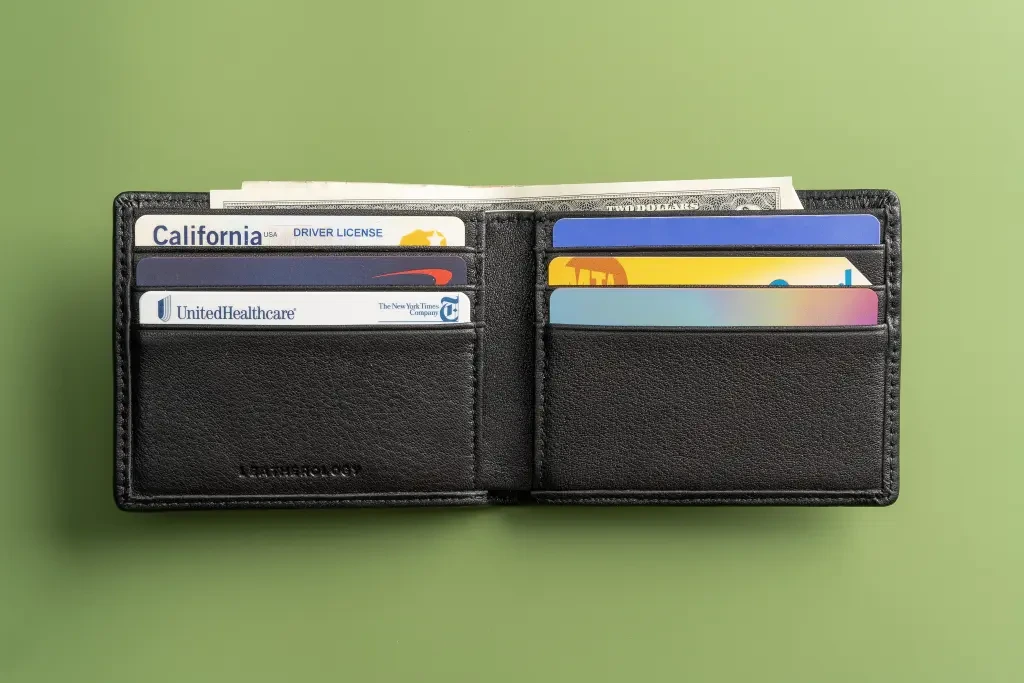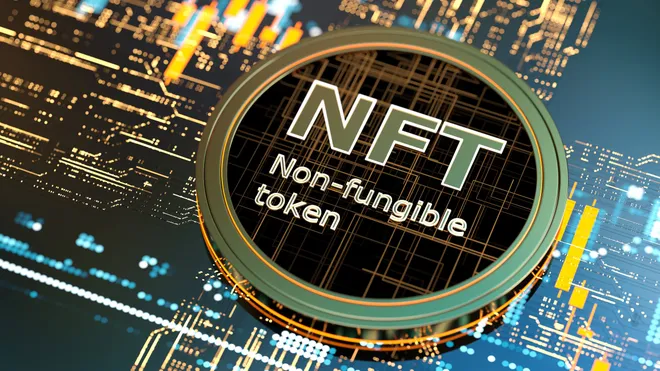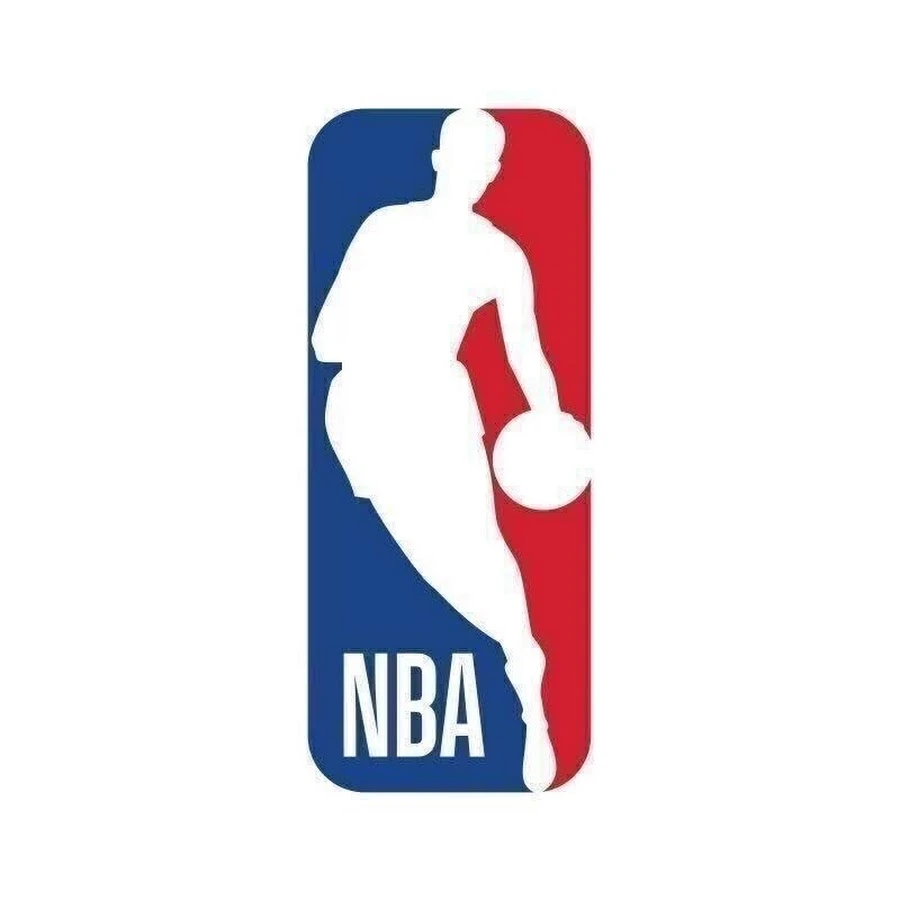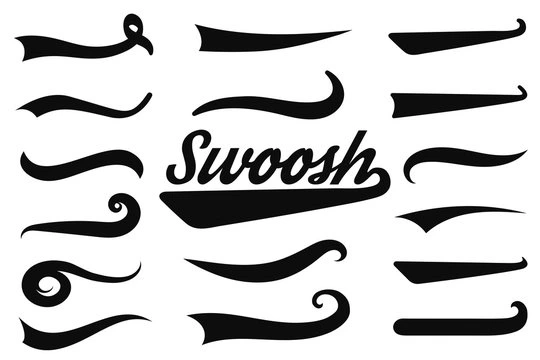From Web2 to Web3 for Non-Tech Users: How We Got Here
August 31, 2024

A Timeline of Web3 for Non-Tech Users
2004–2010: The Rise of Web2 (A.K.A. the Era of Big Platforms)
This was the age of Facebook, YouTube, Gmail, and Instagram. People jumped online in droves, sharing photos, writing blogs, and messaging friends—all through centralized platforms. You didn’t need to understand how the tech worked. You just clicked “post” and watched the likes roll in. Back then, the idea of Web3 for non-tech users wasn’t even on the radar—because Web2 made everything feel easy and seamless, without needing to know what was under the hood.


But here’s the catch: these platforms owned your data, your content, even your time. The deal? Free access, in exchange for your digital footprint.
For non-tech users, this was the golden age of simplicity… but also, ownership wasn’t even part of the conversation yet.
2016–2020: Web3 Begins—But Definitely Not Built for Non-Tech Users
Web3 burst onto the scene with terms like blockchain, decentralization, smart contracts, and crypto wallets. Honestly? It sounded like a different language—one meant for developers and finance geeks.

The good news? Most regular folks didn’t have to pay attention yet.
The bad news? Those who tried often found the experience clunky, confusing, and filled with jargon.
2021: NFTs Go Mainstream—Web3 for Non-Tech Users Starts to Make Sense
This was the year Web3 slipped into pop culture. Remember Beeple selling digital art for millions? Or celebrities launching cartoon profile pics? NFTs were everywhere—and suddenly, people who’d never touched crypto were opening wallets.
Platforms like NBA Top Shot made it super simple: no crypto knowledge required. Just sign up with email, pay with a card, and boom—you owned a blockchain asset.
That’s when Web3 for non-tech users started to feel real. Not everyone knew what an NFT was, but they knew they had one.


2022–2023: The Rise of Web2.5 (AKA The Friendly Middle Ground)
This was the game-changer. Instead of asking people to “learn Web3,” companies started hiding the complexity. Starbucks launched Odyssey, Reddit introduced NFT avatars, and Nike dropped digital sneakers on its .SWOOSH platform.

All powered by blockchain—none marketed that way.
Web3 for non-tech users? It was finally happening—quietly, smoothly, and without the usual friction.
You just logged in, collected points, or joined a community. And somewhere under the hood? Web3 was doing its thing.
2024: The Tools Get Better (But There’s Still Work to Do)
Today, wallets are easier to set up (some with just an email or a fingerprint). More games and apps include Web3 elements—without calling them that.
Still, let’s not pretend it’s perfect. Onboarding can be clunky. Wallet security is tricky. And yes, “gas fees” are still a terrible phrase.

But compared to just a few years ago? Night and day.
Web3 for non-tech users isn’t just possible—it’s happening all around us.
Final Stop? We’re Not There Yet—But You’re on the Path
Let’s be clear: you don’t need to become a crypto wizard overnight. You don’t need to ditch all your apps and go fully decentralized.
But being aware—seeing how familiar platforms are adding Web3 features without making a big fuss—that’s huge.
Maybe you’re already part of it. Maybe you’ve just earned a digital badge, clicked a “wallet” button, or joined a token-gated chat.
If so? You’re already part of the Web3 for non-tech users movement.
No roadmap needed. Just keep going.
Relevant Link : Here

